I found the keyword trees and figured it would be a pretty straightforward post. I was wrong. As I sifted through the images I saw too many I wanted to share. Thus, this will be a four-part series throughout September. I’ll begin with trees, move to trunks, roots, and finally the faces I find in trees as I wander.
Trees are truly unique. If you’ve ever read The Giving Tree by Shel Silverstein you’ll get a glimpse as to how versatile they are.
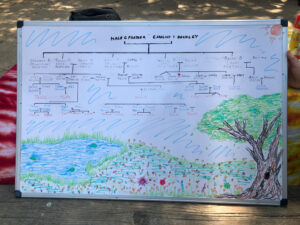 The structure of a tree is used to keep track of families.
The structure of a tree is used to keep track of families.
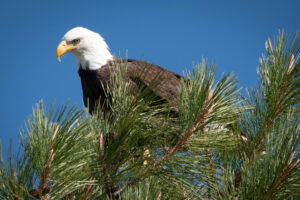 They house wildlife.
They house wildlife.
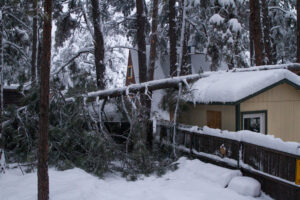 They break and land on houses in extreme weather events.
They break and land on houses in extreme weather events.
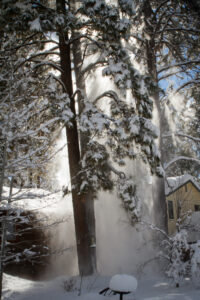 The Ponderosa Pine Trees like to collect snow during a storm and then, as the air warms, drop it in clumps onto the ground or to house roofs with a sometimes alarming thud.
The Ponderosa Pine Trees like to collect snow during a storm and then, as the air warms, drop it in clumps onto the ground or to house roofs with a sometimes alarming thud.
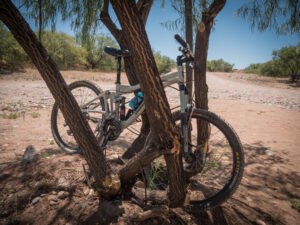 I used this tree as a bike rack. I locked my bike to it after using it as a shuttle vehicle for a Verde River float.
I used this tree as a bike rack. I locked my bike to it after using it as a shuttle vehicle for a Verde River float.
 Palm trees grow randomly on beaches from dropped coconuts.
Palm trees grow randomly on beaches from dropped coconuts.
 They can be used as posts for hammocks.
They can be used as posts for hammocks.
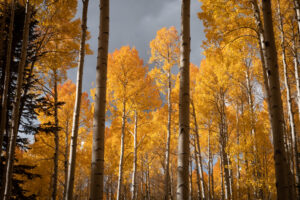 They change color!!
They change color!!
 They don’t live forever. But some seem to.
They don’t live forever. But some seem to.
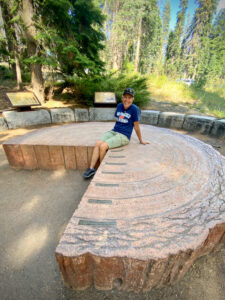 Yosemite National Park has a few Giant Sequoia groves. And by groves I mean maybe 8-10 trees in an area. Also known as the giant redwood or Sierra redwood can be found naturally only in groves on the western slopes of the Sierra Nevada mountain range of California.
Yosemite National Park has a few Giant Sequoia groves. And by groves I mean maybe 8-10 trees in an area. Also known as the giant redwood or Sierra redwood can be found naturally only in groves on the western slopes of the Sierra Nevada mountain range of California. 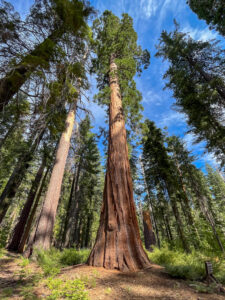
The Giant sequoia grows to an average height of 164–279 ft with trunk diameters ranging from 20–26 ft. Giant sequoias are among the oldest living organisms on Earth. The oldest known giant sequoia is 3,200 years old.
Wood from mature giant sequoias is fibrous and brittle, trees would often shatter after they were felled. The wood was unsuitable for construction and instead used for fence posts or match sticks. The giant sequoia is a very popular ornamental tree in many parts of the world. The species is named in honor of the Cherokee Chief Sequoyah.
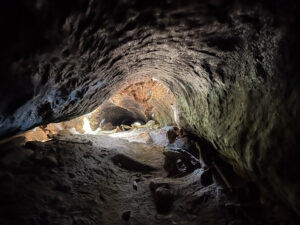 I crouched to get through this one that was lying on its side.
I crouched to get through this one that was lying on its side.
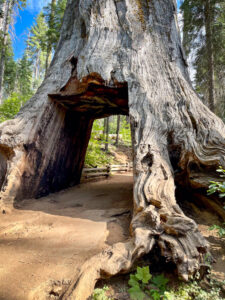 There was a sign with a picture of a stagecoach driving through this one.
There was a sign with a picture of a stagecoach driving through this one.
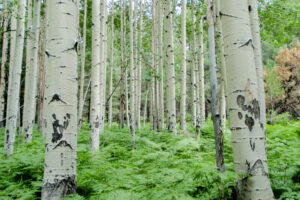 Most aspens grow in large clonal colonies, derived from a single seedling, and spread by means of root suckers. New stems in the colony may appear from 100–130 ft from the parent tree. Each individual tree can live for 40–150 years above ground, but the root system of the colony is long-lived. In some cases, this is for thousands of years, sending up new trunks as the older trunks die off above ground. There is a colony in Utah that has been estimated to be as old as 80,000 years. Some aspen colonies become very large with time, spreading about 3 ft per year, eventually covering many hectares. They are able to survive forest fires, because the roots are below the heat of the fire, and new sprouts appear after the fire burns out. Given their clonal nature, Aspen groves are believed to be the largest living organism on the planet.
Most aspens grow in large clonal colonies, derived from a single seedling, and spread by means of root suckers. New stems in the colony may appear from 100–130 ft from the parent tree. Each individual tree can live for 40–150 years above ground, but the root system of the colony is long-lived. In some cases, this is for thousands of years, sending up new trunks as the older trunks die off above ground. There is a colony in Utah that has been estimated to be as old as 80,000 years. Some aspen colonies become very large with time, spreading about 3 ft per year, eventually covering many hectares. They are able to survive forest fires, because the roots are below the heat of the fire, and new sprouts appear after the fire burns out. Given their clonal nature, Aspen groves are believed to be the largest living organism on the planet.

I found these two trees in Yosemite as well. Both growing out of the granite.
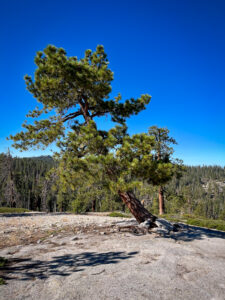
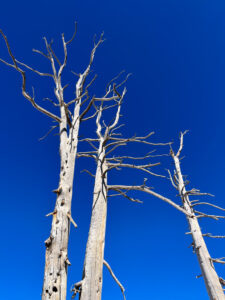 It’s just a cool shot. Dead trees, blue sky…
It’s just a cool shot. Dead trees, blue sky…
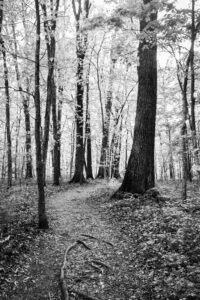 This path through Henry Horton State Park in Tennessee is a beautiful walk among the trees.
This path through Henry Horton State Park in Tennessee is a beautiful walk among the trees.
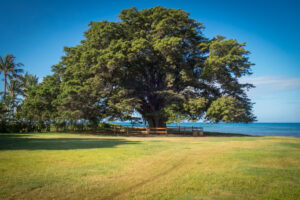 A banyan is a fig tree that develops accessory trunks from aerial prop roots, allowing the tree to spread outwards indefinitely. These roots mature into thick, woody trunks, which can become indistinguishable from the primary trunk with age. These aerial roots can become very numerous. The Kolcatta (Calcutta) Banyan, which has been tracked carefully for many years, currently has 2,880 supplementary trunks. Such prop roots can be sixty feet in height. Old trees can spread laterally by using these prop roots to grow over a wide area. In some species, the prop roots develop over a considerable area that resembles a grove of trees, with every trunk connected directly or indirectly to the primary trunk.
A banyan is a fig tree that develops accessory trunks from aerial prop roots, allowing the tree to spread outwards indefinitely. These roots mature into thick, woody trunks, which can become indistinguishable from the primary trunk with age. These aerial roots can become very numerous. The Kolcatta (Calcutta) Banyan, which has been tracked carefully for many years, currently has 2,880 supplementary trunks. Such prop roots can be sixty feet in height. Old trees can spread laterally by using these prop roots to grow over a wide area. In some species, the prop roots develop over a considerable area that resembles a grove of trees, with every trunk connected directly or indirectly to the primary trunk.
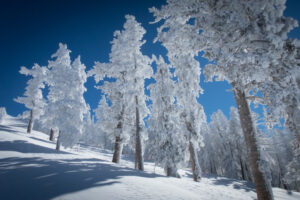 I’ll end with snow and ice-encased Ponderosa pine trees on the San Francisco Peaks in Flagstaff.
I’ll end with snow and ice-encased Ponderosa pine trees on the San Francisco Peaks in Flagstaff.
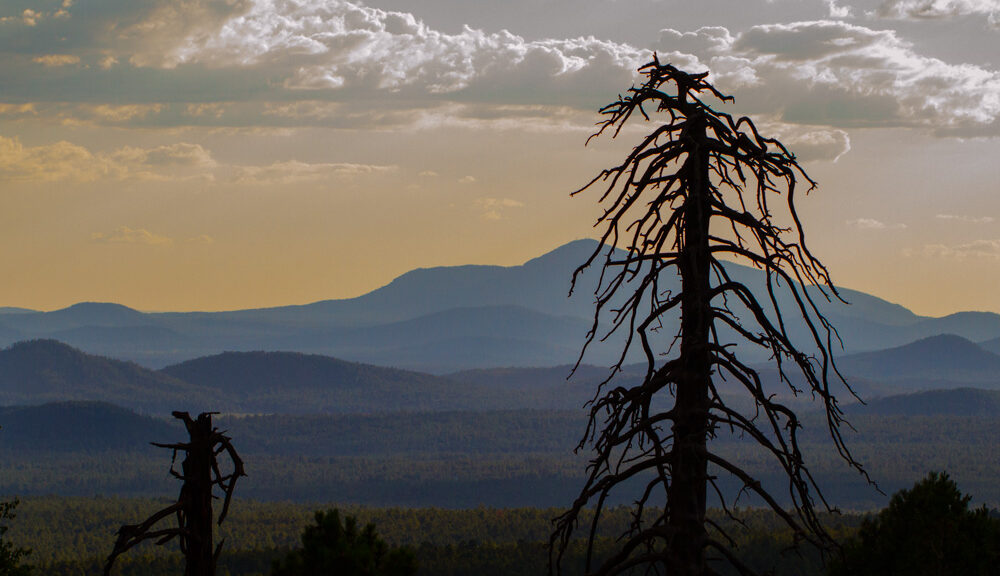
Lovely! I’m looking forward to your future tree posts….
Beautiful images, Vicki! And so informative too. Thanks for my morning lesson on a variety of tree species! As my doctor says, “once a teacher, always a teacher. “
I appreciate the info that you provide with your photos, not only wonderful and unique photos but educational as well!
I recognize some of these trees ?
Lovely images and such interesting text. Loved the story of the aspens!